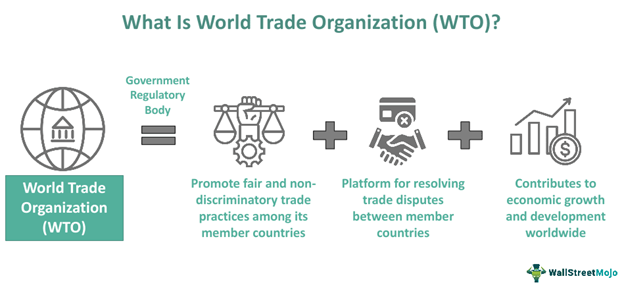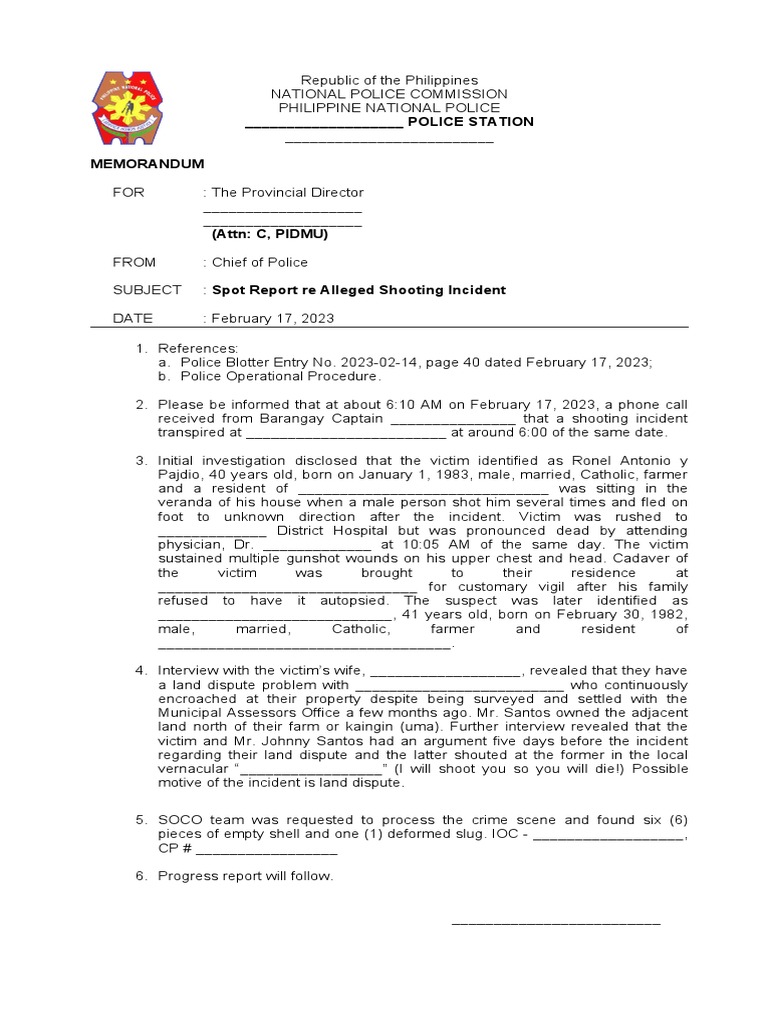Trump's Trade Policies And Their Impact On Europe: An Analysis

Table of Contents
Steel and Aluminum Tariffs: A Case Study of Protectionism
The imposition of tariffs on steel and aluminum imports was a hallmark of Trump's protectionist approach. Justified under the guise of national security concerns, these tariffs, implemented in 2018, targeted numerous countries, including the EU. The US imposed a 25% tariff on steel and a 10% tariff on aluminum.
The Imposition of Tariffs:
The administration argued that these tariffs were necessary to protect the domestic steel and aluminum industries from what it perceived as unfair competition and threats to national security. This rationale was met with strong criticism from the EU and other trading partners, who viewed the tariffs as protectionist and violating WTO rules. The immediate reaction from the EU was swift and decisive, signaling a willingness to retaliate.
- Impact on European steel and aluminum producers: European producers faced reduced market access to the US, leading to decreased sales and potential job losses. The tariffs significantly impacted the competitiveness of European companies in the US market.
- Retaliatory tariffs imposed by the EU: The EU responded by imposing retaliatory tariffs on a range of US goods, including agricultural products, motorcycles, and denim, aiming to offset the economic damage caused by the US tariffs. This tit-for-tat approach escalated trade tensions between the two major economic powers.
- Effect on consumer prices: The tariffs contributed to increased prices for steel and aluminum products in both the US and Europe, affecting various downstream industries and ultimately impacting consumers through higher prices for finished goods.
- Legal challenges initiated by the EU: The EU challenged the legality of the tariffs within the WTO framework, arguing that the national security justification did not meet the criteria established under WTO agreements. These legal battles further complicated the trade relationship.
Challenges to the WTO and Multilateralism
Trump's administration openly criticized the World Trade Organization (WTO), questioning its effectiveness and fairness. This skepticism translated into actions that weakened the organization's dispute settlement system and undermined the rules-based international trading order, significantly impacting Trump's trade policies Europe.
Undermining the World Trade Organization:
Trump's administration blocked appointments to the WTO's Appellate Body, effectively paralyzing its ability to resolve trade disputes. This blockage signaled a departure from the multilateral approach to trade governance and raised concerns about the future of the WTO's role in resolving trade conflicts.
- Impact on the WTO's dispute settlement system: The blockage of appointments crippled the WTO's ability to effectively adjudicate trade disputes, leaving countries with fewer avenues for resolving trade disagreements through established international mechanisms.
- Consequences for the rules-based international trading order: Trump's actions weakened the rules-based system, raising concerns about the future of global trade governance and the potential for a return to unilateral trade actions.
- Impact on EU efforts to resolve trade disputes: The EU, which strongly supports the multilateral trading system, faced significant challenges in resolving trade disputes with the US due to the dysfunction of the WTO's dispute settlement system.
- Implications for global trade governance: Trump's approach cast doubt on the future viability of multilateral trade institutions and emphasized the rise of unilateralism in trade policy, impacting Trump's trade policies Europe and global trade relations in general.
Impact on Specific European Sectors
Trump's trade policies had a cascading effect across numerous European industries. The agricultural sector and the automotive industry were particularly hard-hit.
Agriculture:
European agricultural exports, including wine and cheese, faced increased tariffs or faced disruptions due to trade disputes. This led to decreased market access for European farmers and producers in the US market.
Automotive Industry:
European car manufacturers exporting to the US market were directly affected by the trade tensions. The threat of tariffs and increased trade barriers impacted their production strategies and competitiveness.
- Job losses and economic disruption: In both sectors, the reduced market access resulted in job losses, factory closures, and economic disruption in affected regions.
- Responses of European companies: European companies responded to the challenges through various strategies including relocation of production facilities, diversification of export markets, and lobbying efforts to influence trade policy.
- Long-term competitiveness: The long-term competitiveness of European industries was negatively affected, as their market access in the US was reduced, forcing adjustments and strategic repositioning.
- Relevant statistics and data: Specific data on job losses, reduced export volumes, and economic impacts in the affected sectors would further support this analysis (this would require additional research and data sourcing).
The EU's Response to Trump's Trade Policies
Faced with Trump's protectionist measures, the EU responded through a multi-pronged approach.
Retaliatory Measures:
The EU implemented retaliatory tariffs on various US products to counter the effects of US tariffs. These retaliatory measures aimed to offset the economic harm inflicted on European businesses and to deter further protectionist actions from the US.
Strengthening EU Trade Policy:
The EU sought to strengthen its internal market and forge new trade partnerships beyond the US to reduce its reliance on the American market.
- Strategy for diversifying trade partners: The EU pursued agreements with other countries and regions to diversify its trade relationships and reduce its dependence on the US market.
- Success of retaliatory measures: The effectiveness of the EU's retaliatory measures in altering US trade policy is debatable, as it likely only exacerbated existing trade tensions.
- EU efforts to reform the WTO: The EU continued to champion multilateral trade agreements and actively participated in efforts to reform the WTO.
- Impact on EU-China relations: The trade tensions between the US and the EU also impacted the EU's relations with China, as the EU sought to balance its trade interests with both superpowers.
Conclusion
Trump's trade policies presented the EU with significant challenges, disrupting long-established trade relationships and forcing a reassessment of its own trade strategies. The impact transcended specific sectors, affecting the global trading system and multilateral institutions like the WTO. While the EU responded with retaliatory measures and a focus on strengthening its internal market and diversifying trade partners, the full long-term consequences of Trump's protectionist approach are still unfolding. Understanding the complexities of Trump's trade policies Europe is crucial for navigating the future of transatlantic relations and the evolving global trade landscape. Further research into the lasting impacts of these policies on specific European industries is essential for a comprehensive understanding of this pivotal period in trade history.

Featured Posts
-
 Trump Tariffs And Apple Assessing The Risks To Buffetts Portfolio
May 25, 2025
Trump Tariffs And Apple Assessing The Risks To Buffetts Portfolio
May 25, 2025 -
 Southern Vacation Hotspot Responds To Negative Safety Rating After Shooting Incident
May 25, 2025
Southern Vacation Hotspot Responds To Negative Safety Rating After Shooting Incident
May 25, 2025 -
 Zheng Earns Rome Last 16 Spot With Frech Win
May 25, 2025
Zheng Earns Rome Last 16 Spot With Frech Win
May 25, 2025 -
 Understanding The Hells Angels Motorcycle Club
May 25, 2025
Understanding The Hells Angels Motorcycle Club
May 25, 2025 -
 55 Richna Naomi Kempbell Stil Ta Kar Yera Supermodeli
May 25, 2025
55 Richna Naomi Kempbell Stil Ta Kar Yera Supermodeli
May 25, 2025
